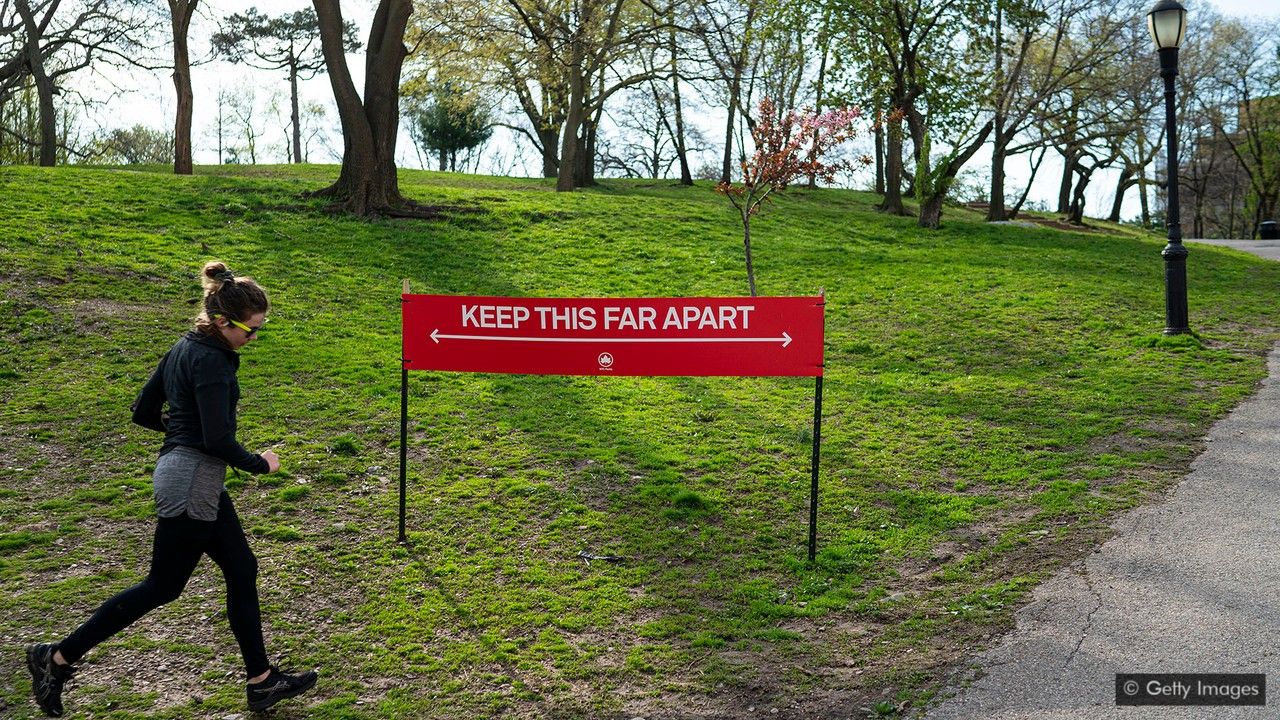Yet in many cities, outdoor space – whether your own or in terms of proximity to parks – comes at a premium. Last month, a study from the Office of National Statistics revealed that one in eight British households had no access to green space at home, whether a private or shared space.
That inequity was starker among ethnic groups: in England, black people are almost four times more likely than white people to have no access to private outdoor space. Access to public outdoor space can be a challenge, too: “There are about 100 million people in the US who don’t live within 10 minutes of a park or green space,” says Kimberly Burrowes, a researcher at the Urban Institute, a think tank based in Washington, DC that studies cities. And the poorer an area is, the worse the park quality, even if a park is close by.
People view nature as an amenity, not as an essential – Lorien Nesbitt
“People view nature as an amenity, not as an essential,” says Lorien Nesbitt, an assistant professor of urban forestry at the University of British Columbia in Canada. “I think we don’t always view urban nature as important as running water, housing, that kind of thing.” Nesbitt led a study last year examining green space in 10 major US cities. Across the board, she says, green space was harder to access in lower-income neighbourhoods and in areas with mostly residents of colour. In general, in richer areas, it’s easier to find any kind of garden, rooftop or balcony greenery, ‘micro parks’ on pavements or city blocks, and even trees, which require long-term investment and maintenance, meaning they are found more often in those wealthier neighbourhoods.
Moving further out of cities is a solution many seek. Yet, cheaper suburban life, with its houses and front and back gardens, isn’t always the solution. In some areas people (especially women and people of colour) may not feel safe in their gardens, or homes might be next to loud, pollution-heavy structures like a highway or airport. Not all suburbs are created equal, either: from 2000 to 2015, the poverty rate in US suburbs grew by 57%. “There are still marginalised people in suburban areas as well,” says Nesbitt. “It’s not so much about the amount [of green space], it’s the quality.”

In a place like the US, public green spaces are funded by city budgets (whose parks departments can often operate on a shoestring) from local tax dollars. In richer areas, green spaces can be high quality, since private non-profits can “conduct massive fundraising campaigns among the affluent stakeholders with access to these parks”, says Ingrid Gould Ellen, faculty cirector of New York University’s Furman Center, which researches urban policy. “Since state and local budgets seem likely to shrink [because of the pandemic], potentially dramatically, there’s a worthwhile conversation about how to raise private funds to support investment in parks in lower-income neighbourhoods.”
Pg 3/5

